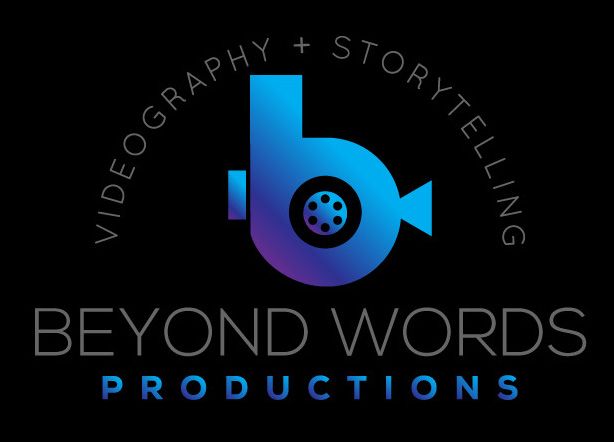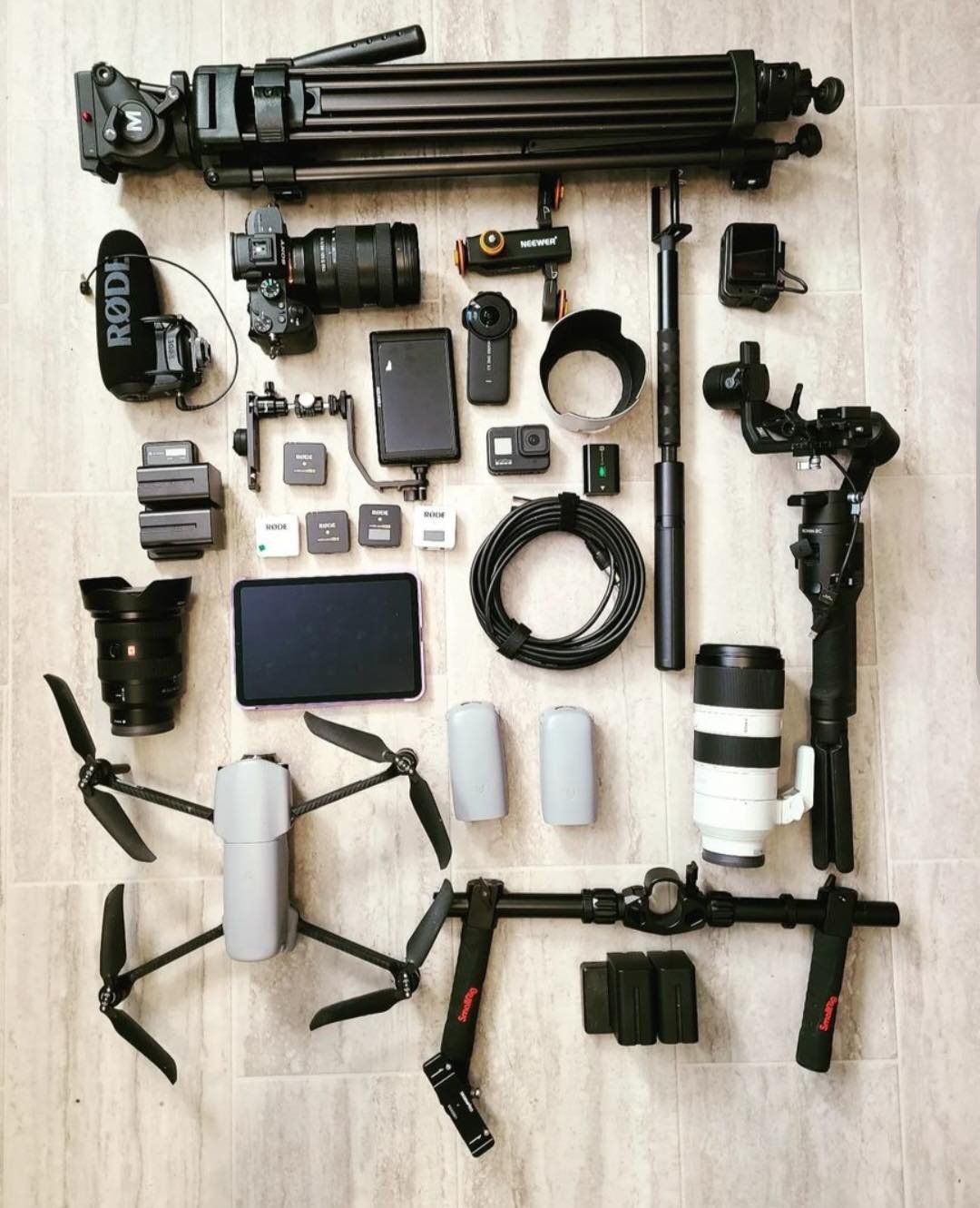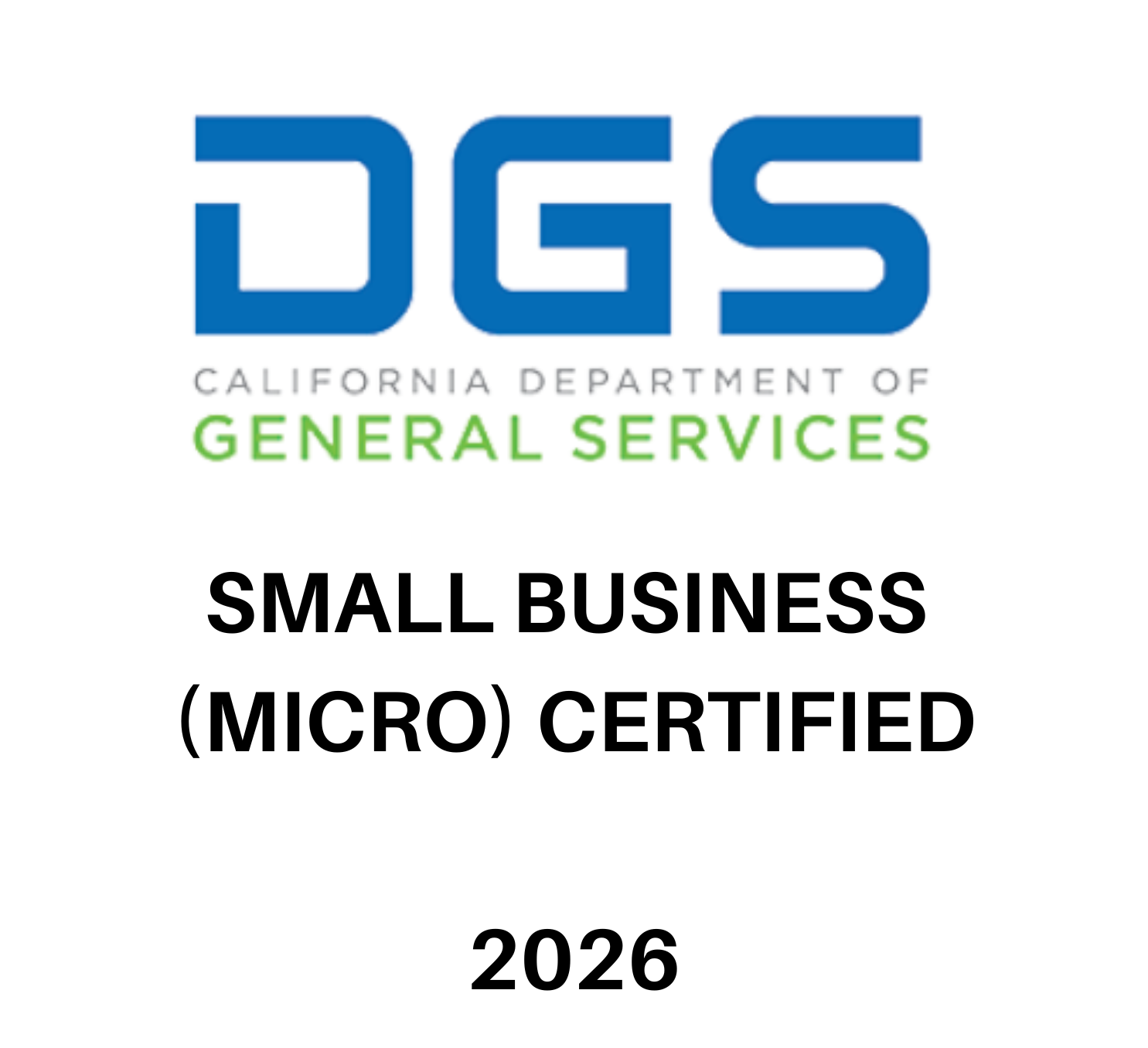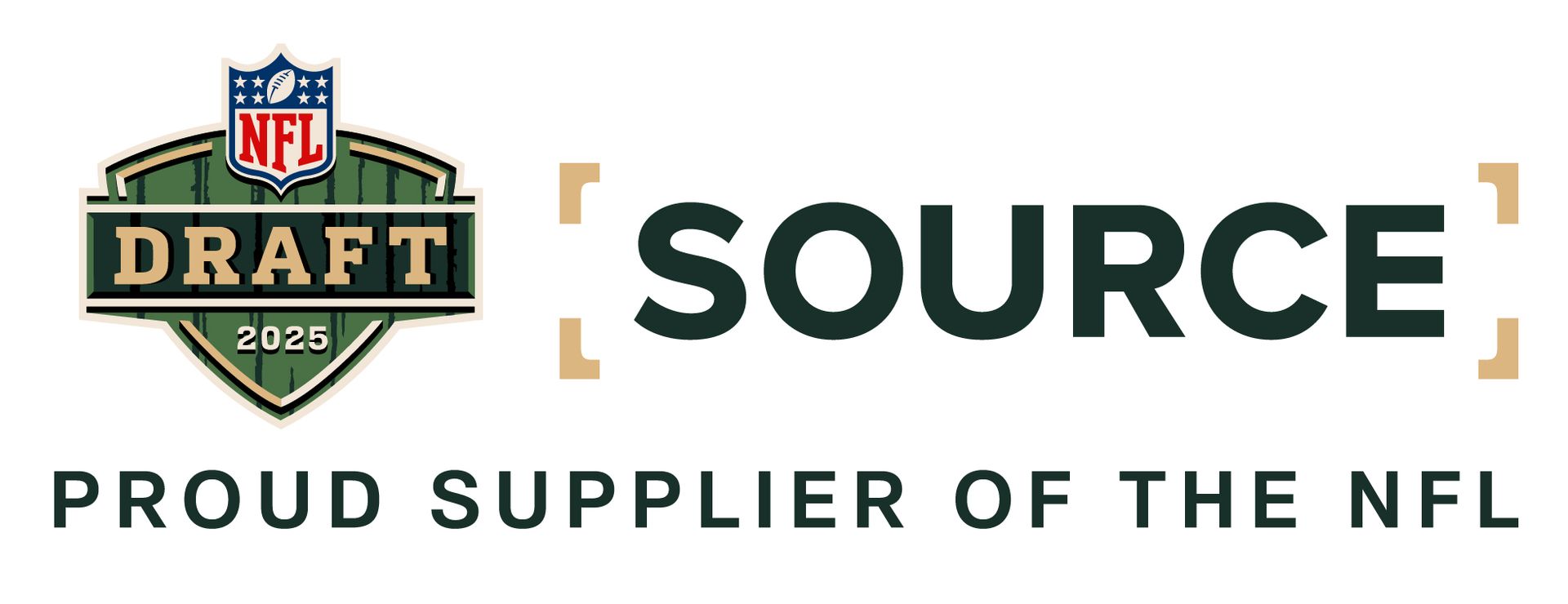A Creative Approach to Anonymous On-Camera Interviews
It’s a problem many organizations face when trying to capture their client’s stories without invading their privacy or violating HIPPA laws: Keeping your interviewees anonymous on camera. How can an anonymous interview be filmed?
Whether it's a sensitive topic or a behind-the-scenes insight, mastering the art of anonymous on-camera interviews takes finesse and creativity. So how do businesses get their stories told or testimonials when they need to keep information private? How do we anonymize and protect participants? Let's dive into some clever techniques to get those captivating stories while keeping identities under wraps.
1. Camera blur: One of the easiest ways to mask someone’s identity is in the editing process. Many editing systems have functions where you can blur out the image on screen and it lets you adjust the percentage of the blur. This way, you can film them as normal, and just mask their identity when editing.
2. Voice Disguise: Capturing audio only and masking their voice in the editing process is another approach you can consider. You can also combine this with creative visuals like abstract shots, or even relevant animations. Most editing systems will allow you to modulate someone’s voice or add effects to the audio to make it sound completely different than the original recorded audio.
3. Artistic Focus: Shooting at the person’s hands and feet (as long as they don’t have identifying qualities about them) is another great option. These shots can beautifully convey emotions and perspectives without revealing the interviewee's identity directly.
4. Silhouette Narratives: This requires some playing around with lights to make the image of your interviewee appear completely blacked out. It is an artistic method that can be creatively executed if done properly.
5. Altered Voices and Avatars: Think outside the box with animated avatars or artistic renderings that represent your interviewee's identity. Combine these visuals with altered voices, maintaining anonymity while presenting their story in an engaging and imaginative way.
Using pseudonyms or generic descriptors throughout the video is a good idea too if you’re implementing any text on screen or having someone else speak about someone who wishes to remain anonymous.
Remember, the goal here isn't just concealing identities – it's creating a captivating visual experience that leaves a lasting impression. By leveraging creative techniques, you can ensure that anonymity doesn't hinder the impact of your narrative.













